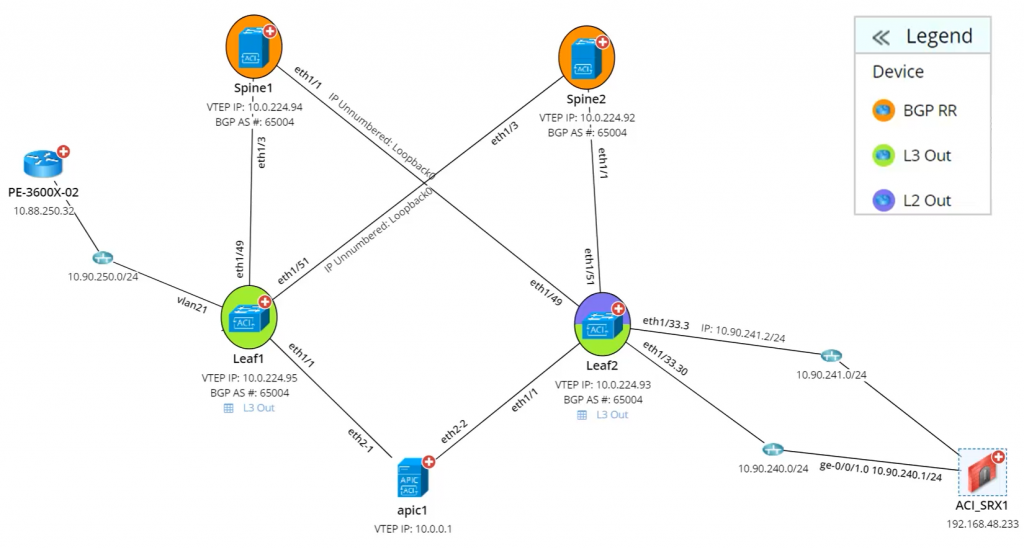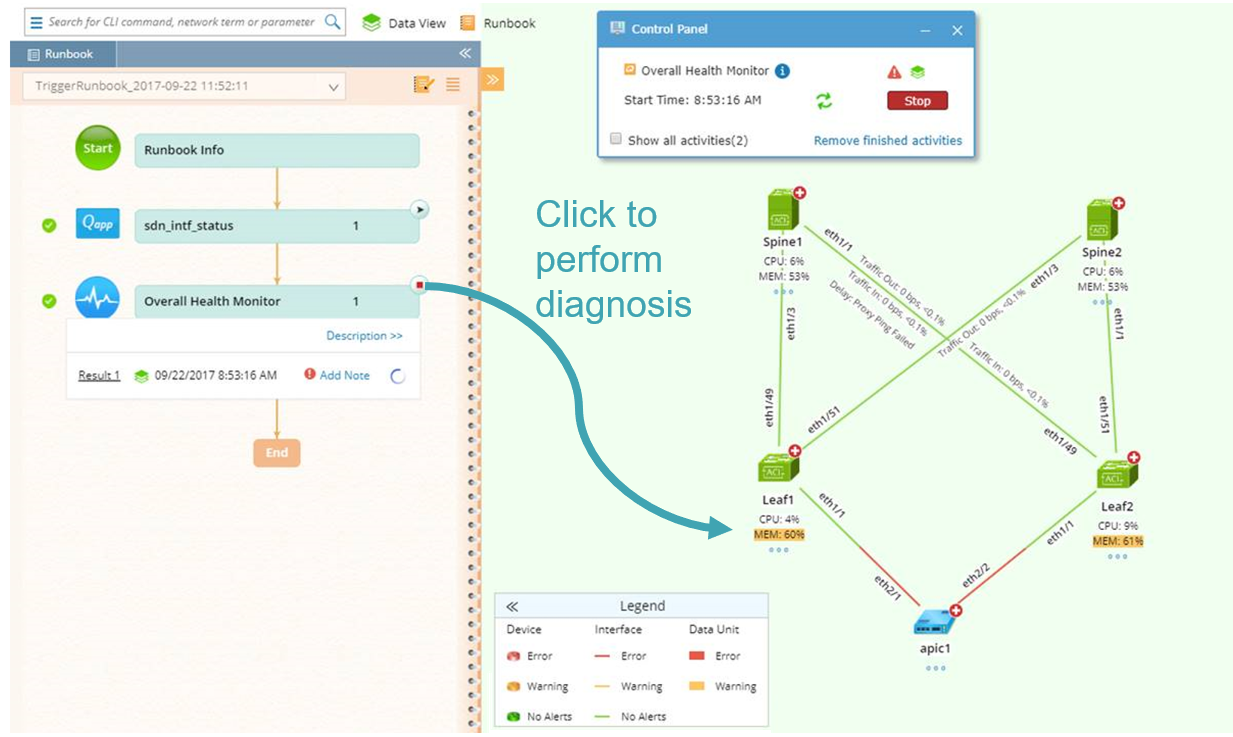DORA: What Financial IT Must Know
The Digital Operational Resilience Act (DORA) entered into application across the European Union on 17 January 2025, reshaping how financial institutions manage cyber and operational risk [1]. Although the United...
Software-defined networking (SDN) has moved past early-adopter phase into early mainstream. SDN is beginning to live up to the hype as more companies discover more business use cases: creating more efficient, centralized networking management; rolling out new applications and services with greater agility; enhancing security; reducing operational costs; and enabling new technologies (cloud-based applications, IoT, devices, big data applications, etc.).
As the number of SDN implementations continue to increase across enterprises, it is changing the network engineer’s job description and required know-how. As a result, the demand for increased training and new skills is on the rise.
The expectation that all engineers will be fully prepared on day one of an SDN implementation is unrealistic. In a recent survey administered by NetBrain:
These results speak to the importance of sharing critical knowledge within and among network teams. Let’s face it: SDN brings with it increased complexity. It’s almost always installed in a “brownfield” deployment, connecting to the existing non-SDN infrastructure. As teams begin to manage these new hybrid environments, they’ll be challenged to troubleshoot and secure them alongside their legacy infrastructure. Codifying “tribal knowledge” and operationalizing workflows across the hybrid infrastructure will be become crucial.

Whether an SDN or traditional network, many organizations suffer from siloed approaches to network management. Greater complexity creates even more urgency for organizations to find ways to effectively share their collective expertise.
For example, our survey shows that 28 percent of network engineers found that core aspects of their job (such as troubleshooting) became more difficult with SDN because it introduced new variables that the majority of network engineers were unfamiliar with. Increasing the focus on organizational learning and knowledge sharing is the quickest way for network teams to get up to speed on new technologies and improve their productivity.

Dealing with new technology and learning new skills can be stressful and difficult, especially when under the gun of network downtime. The best way for network teams to overcome these obstacles as more organizations push forward towards SDN implementation is through knowledge sharing. The good news is, you don’t have to do it alone. The technology to automate and simplify this process exists.
With NetBrain, network engineers and can digitize expert knowledge, automate common workflows, and share and enforce best practices across network, security, and application teams. Whether operating as an individual with an unfamiliar technology, collaborating side-by-side with another engineer, or working as part of a team, NetBrain will ensure that you have access to the information you need when you need it.
Learn more in this blog previewing NetBrain’s integration with Cisco ACI.